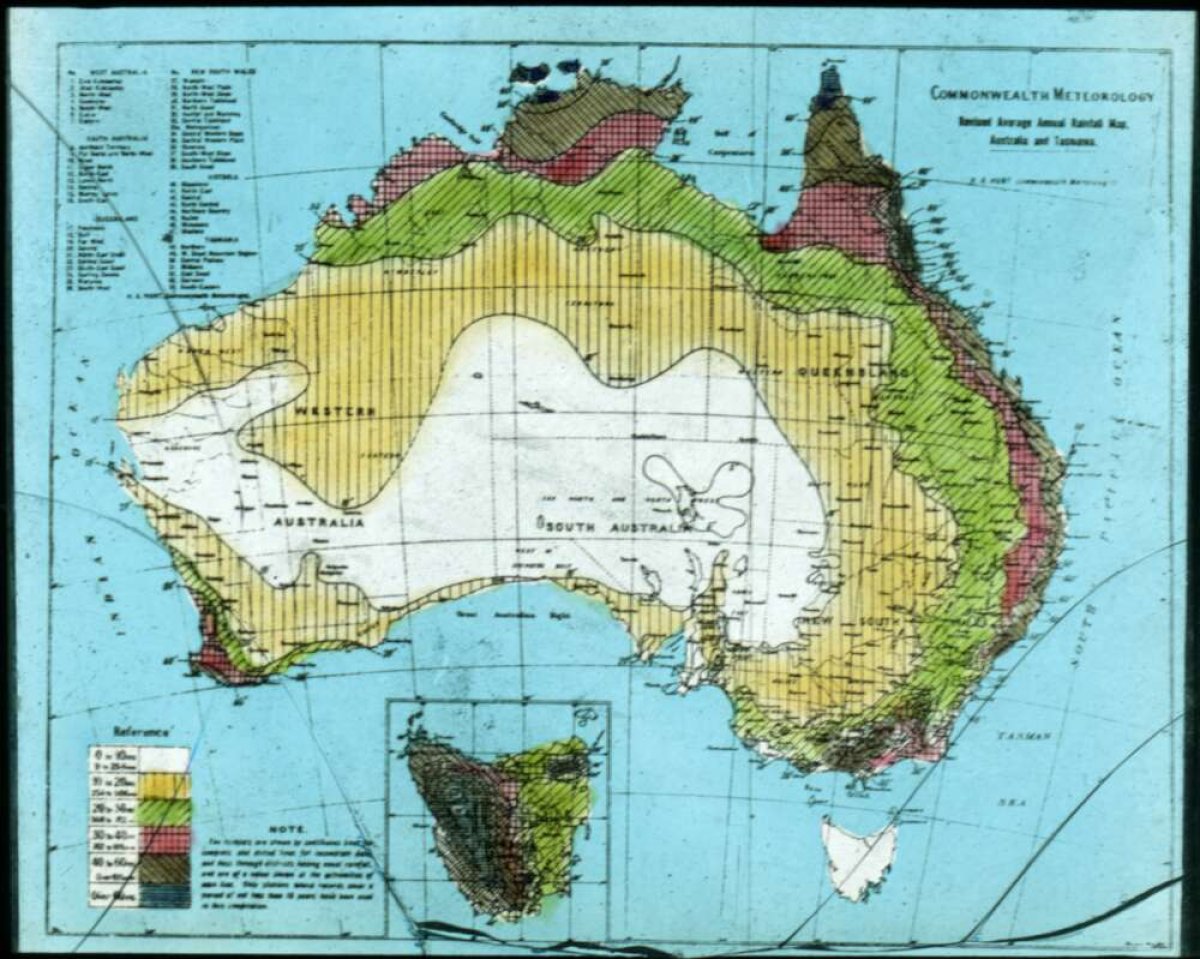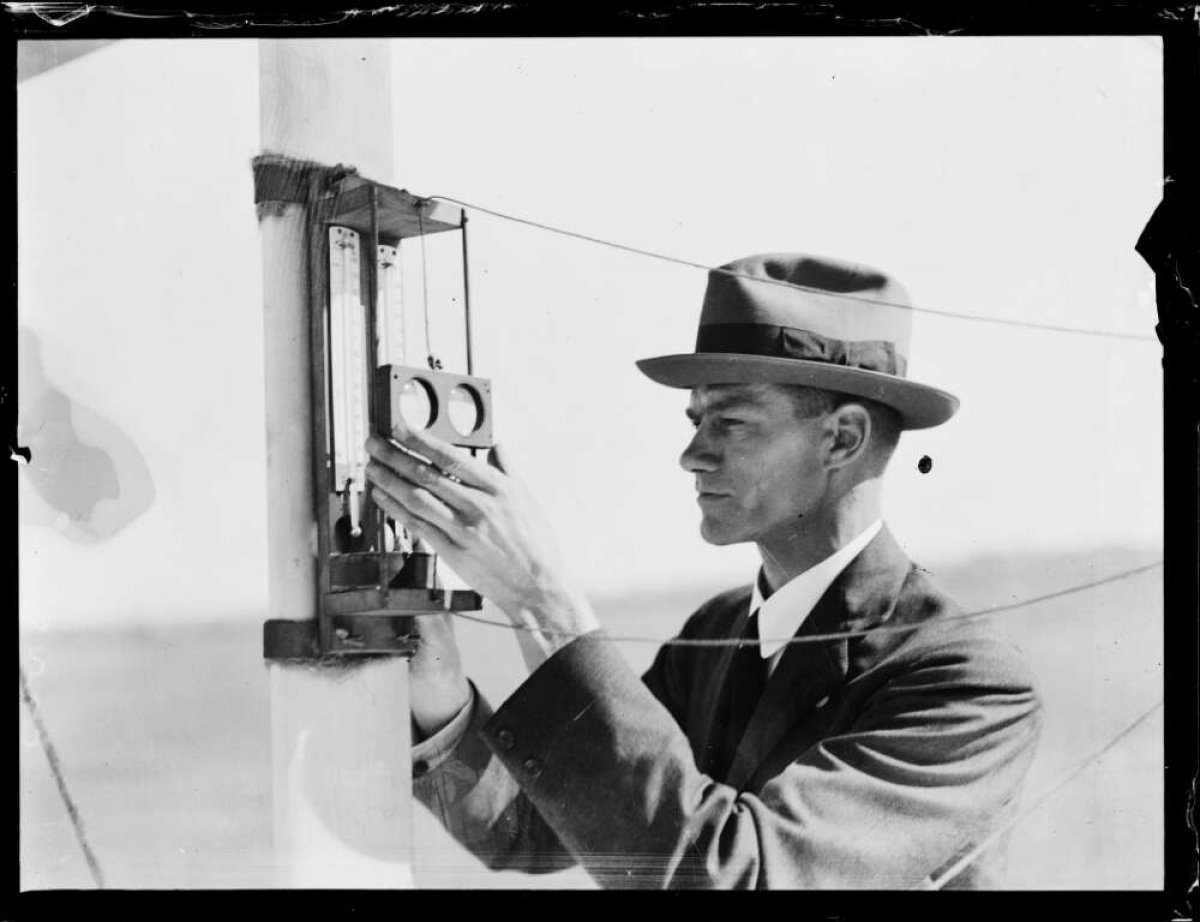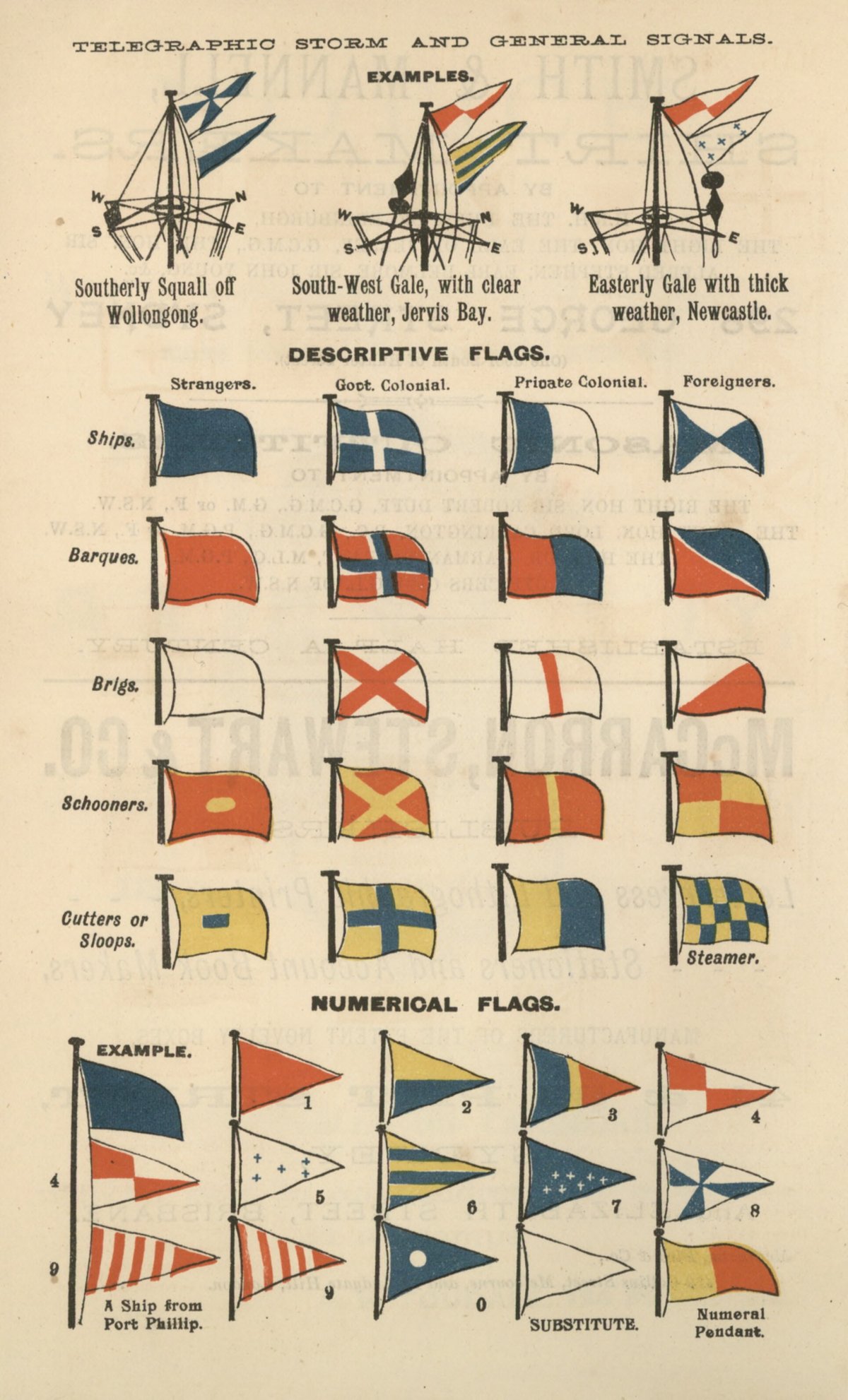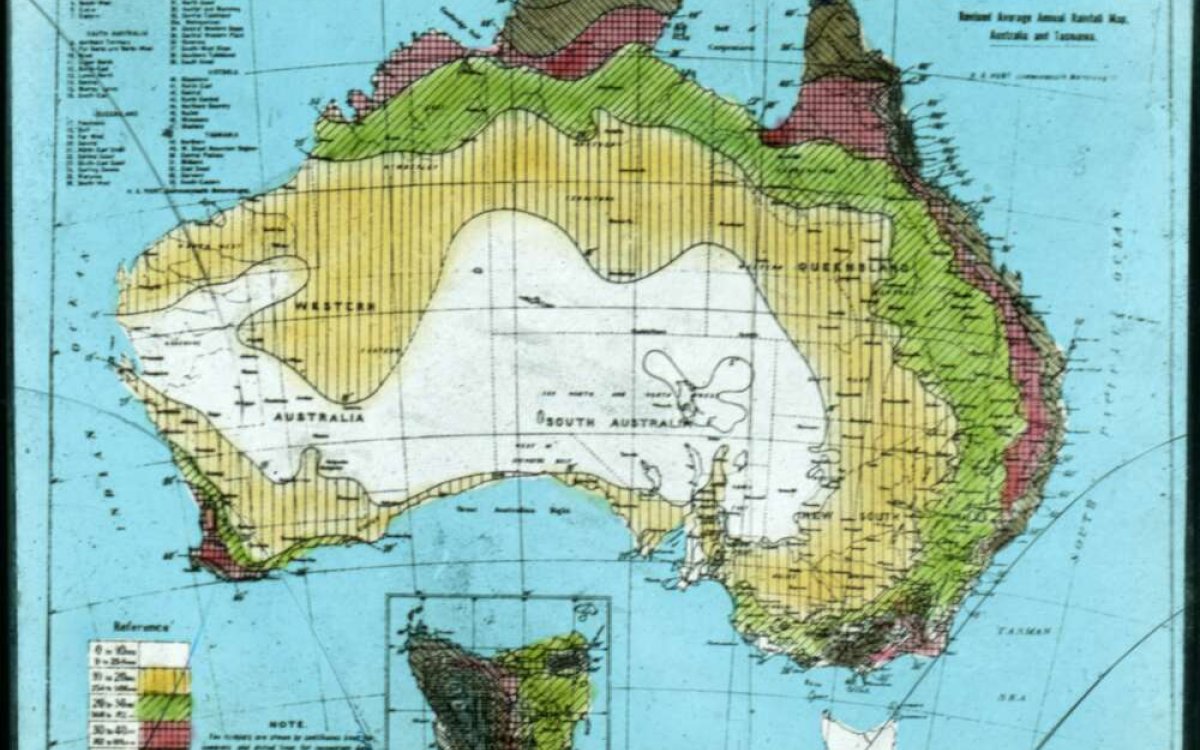
Hunt, H. A. (Henry Ambrose) & Commonwealth Bureau of Meteorology (Australia). (1920). Revised average annual rainfall map, Australia and Tasmania [transparency] / H.A. Hunt, Commonwealth meteorologist. http://nla.gov.au/nla.obj-142324647
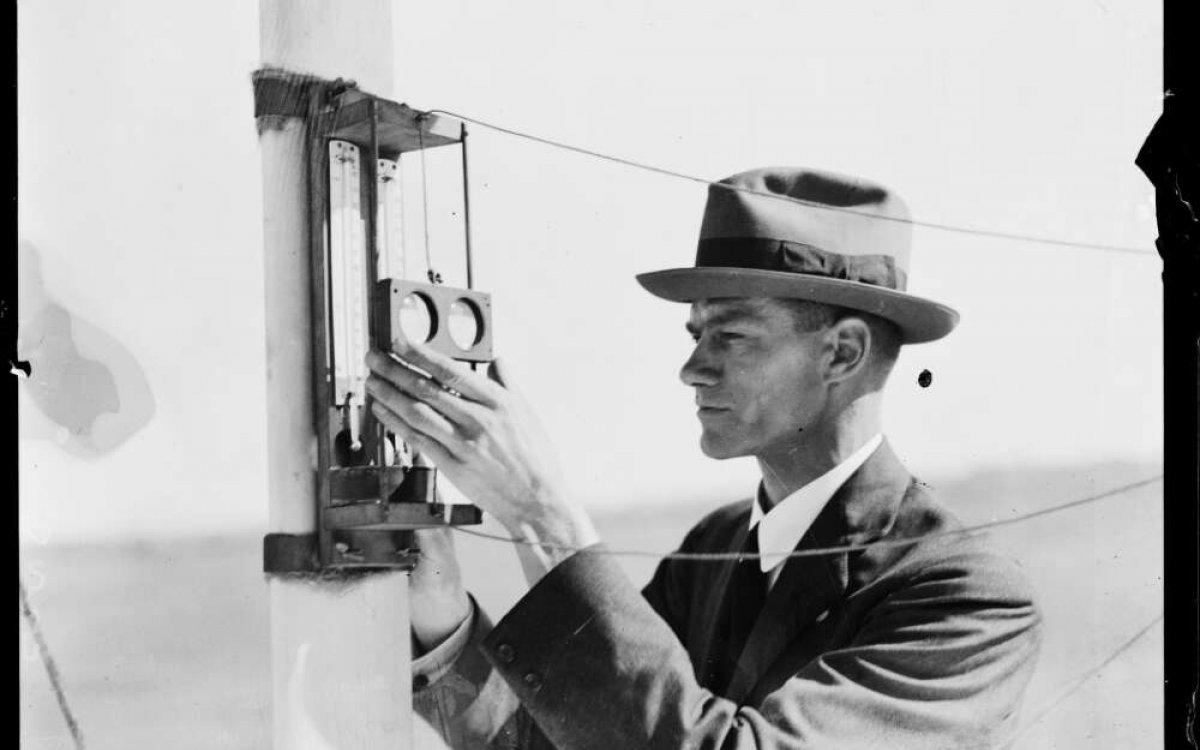
Fairfax Corporation. (1920). Meteorologist Edward Timckereading the temperature on thermometers at the Bureau of Meteorology, New South Wales, ca. 1920s [picture]. https://nla.gov.au/nla.obj-161044970
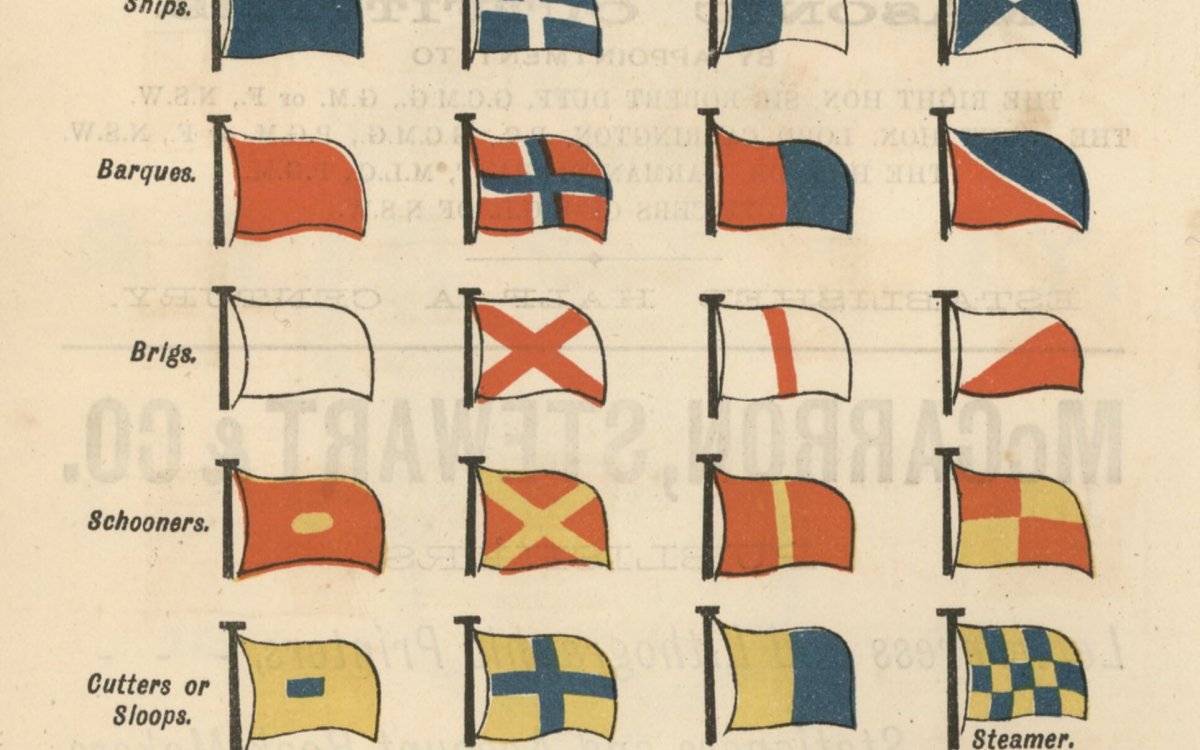
(1894). New South Wales weather almanac for ... : a general handbook for the year. http://nla.gov.au/nla.obj-406743496
These activities aim to facilitate a shared understanding of the themes and concepts relevant to HASS: Geography and Science for the learning levels this resource supports. They are designed to get students thinking in broad terms about weather in Australia before exploring National Library collection material in each of the themes.
The weather is an important part of everyday life in Australia. Aboriginal and Torres Strait Islander peoples developed an intricate understanding of the environment over tens of thousands of years, using seasonal knowledge of the areas in which they lived
In the hundred years after European settlement, colonial Australia developed an observation network larger than the entire area of Europe. Now, the Bureau of Meteorology issues Australian weather forecasts based on meteorological data from a range of sources. From the Japanese Geostationary Meteorological Satellite (GMS) providing three-hourly pictures from 36,000 kilometres above the equator to the weathervane on the roof of a farmer’s barn, observations provide vital data for forecasting the weather.
Reading the Clouds
Have the class create a chart for recording the following information:
- the main cloud types
- the days of the week (Monday to Friday)
- the daily weather
At the end of each school day, record the types of clouds observed in the sky that day and the weather experienced.
Discuss the types of clouds you recorded and how they related to the weather each day.
Cycle of Life
Discuss the water cycle. Where does the moisture in the air come from? Where does it go?
What sorts of processes create water vapour (for example, condensation, evaporation)?
To test the role of plants in creating water vapour:
- fasten a clear plastic bag over the leaves on the end of a tree branch on a sunny day
- observe what happens over the course of an hour
- discuss the results.
To test the evaporation of water:
- leave a number of different-sized receptacles filled with the same amount of water in the sun outside your classroom
- time how long it takes for the water to evaporate in each receptacle
- discuss why the water in some containers takes longer to evaporate than that in others and to where the water goes.
To test how condensation works:
- tie each of the corners of a plastic sheet onto one of four poles anchored in a sandpit or a garden
- place a small stone in the centre of the plastic sheet, so that the plastic dips in the middle
- place a measuring cup under the centre of the sheet and leave it overnight
- in the morning, record:
- where water has collected––in the sheet or in the cup
- how much water has been collected
- discuss the implications of this process.
What about Me?
Have the class create a mind map of the ways in which the weather affects their daily lives. There will most likely be a range of positive, negative and neutral responses. Once the map is complete, have students illustrate the diagram using stock photos found on the internet.
Talking about the Weather
Choose five weather-related sayings (for example, ‘breaking the ice’, ‘right as rain’, ‘fair-weather friend’, ‘raining cats and dogs’ and ‘every cloud has a silver lining’).
Have groups of students explore the origins and meanings of these sayings.
Create a poster or a brochure to illustrate these sayings and explaining their meaning.
